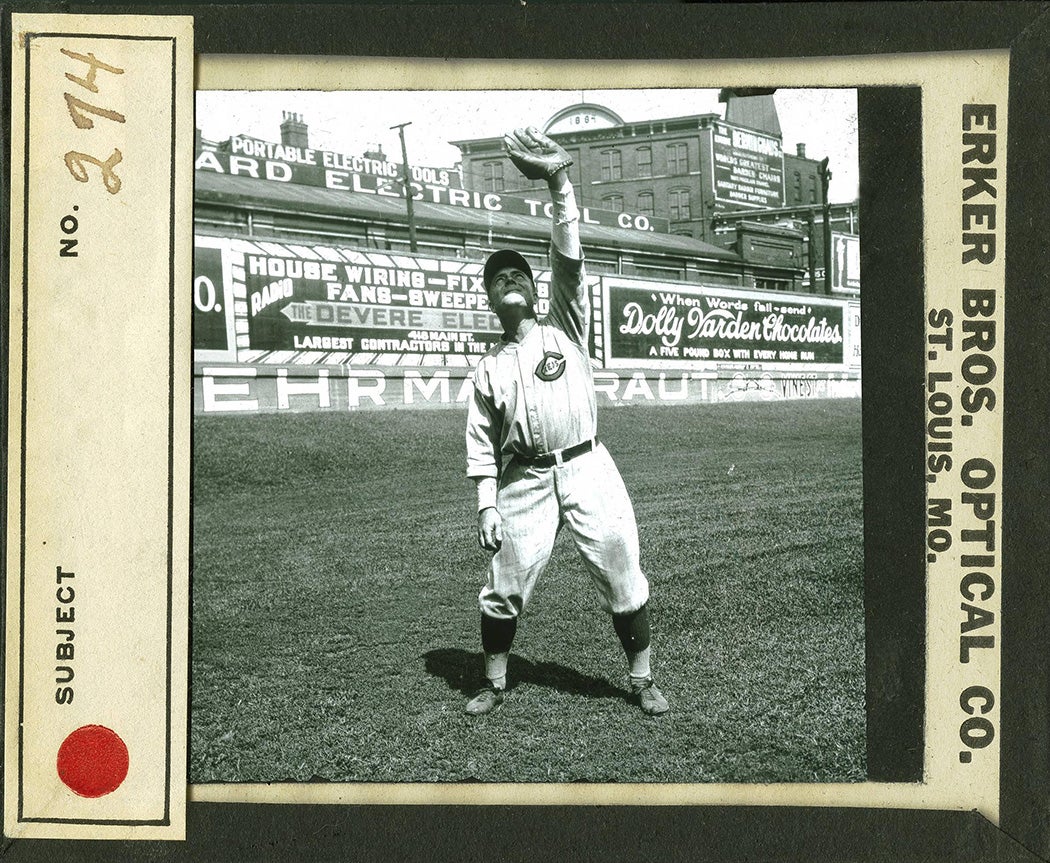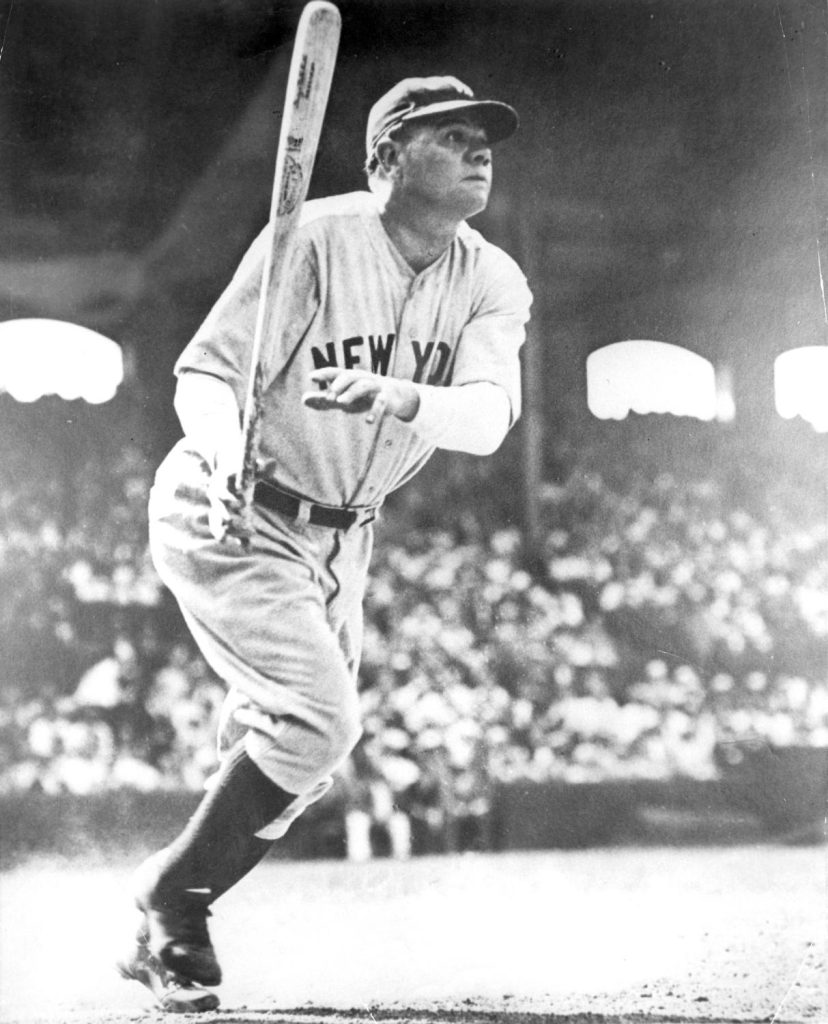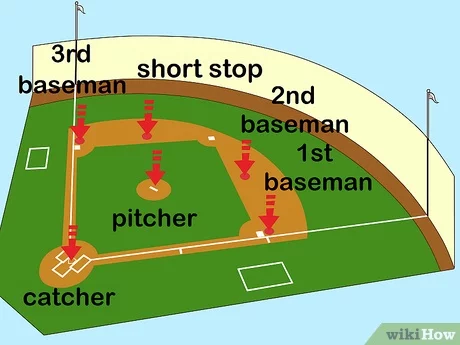Baseball in the 1920s was more than just a sport. It shaped American culture and history.
The 1920s, often called the “Golden Age of Baseball,” saw many changes. Famous players emerged, and the sport grew in popularity. Baseball stadiums filled with excited fans. The era brought innovations and set the stage for modern baseball. Understanding the contributions of this decade helps us appreciate the game’s evolution.
From legendary players to significant events, the 1920s left a lasting impact on baseball. This blog will explore the key contributions and their effects, giving a glimpse into how baseball became America’s favorite pastime.

Credit: daily.jstor.org
Baseball’s Golden Age
The 1920s are often called baseball’s Golden Age. This era marked many changes. It was a time of great excitement and growth for the sport. The 1920s saw baseball become a central part of American culture.
Cultural Significance
Baseball became a symbol of American life. It represented hard work and teamwork. People from all walks of life came together to watch games. Baseball games were a place for families and friends to bond.
The sport also became a source of pride for many communities. Local teams gained strong followings. Baseball stars became national heroes. Their stories inspired many young fans. The game also provided a sense of normalcy. During the Roaring Twenties, many sought comfort in the familiar routines of baseball.
Rise In Popularity
The 1920s saw a huge rise in baseball’s popularity. Stadiums filled with cheering crowds. Radio broadcasts brought games to those who could not attend. Newspapers covered every detail of each game. This made stars like Babe Ruth household names.
Night games became popular, allowing more fans to watch. The World Series became a major event. People talked about it for months. Baseball’s growing popularity also led to the creation of more teams. The league expanded, reaching new cities and fans.
In the 1920s, baseball was more than a game. It was a beloved pastime. Its influence on culture and daily life was immense. This was truly baseball’s Golden Age.
Key Players And Figures
In the 1920s, baseball saw significant contributions from key players and figures. These individuals left a lasting impact on the game. Their achievements and legacies continue to be celebrated today. Let’s explore some of these iconic figures.
Babe Ruth’s Impact
Babe Ruth, also known as “The Sultan of Swat,” changed baseball forever. His powerful hitting style captivated fans across the nation. Ruth set numerous records, including 60 home runs in a single season. This record stood for 34 years.
Ruth’s charisma and talent drew large crowds to the stadiums. He became a household name, transcending the sport itself. His influence extended beyond the field, impacting American culture and sports history.
Lou Gehrig’s Legacy
Lou Gehrig, known as “The Iron Horse,” was another key figure in 1920s baseball. His consistent performance and durability were unmatched. Gehrig played 2,130 consecutive games, a record that stood for 56 years.
Gehrig’s batting skills were remarkable. He drove in over 100 runs in 13 consecutive seasons. His humility and dedication endeared him to fans and teammates alike. Gehrig’s legacy continues to inspire generations of baseball players and fans.
Innovations In Gameplay
The 1920s was a transformative decade for baseball. Innovations in gameplay emerged during this period, changing how the game was played and experienced. These changes made the sport more exciting and accessible for fans. Key innovations included the introduction of night games and the evolution of pitching styles.
Introduction Of Night Games
Night games began in the 1920s. They allowed more fans to attend games after work. This innovation greatly expanded the sport’s audience. Teams installed floodlights in stadiums to make night games possible. Players had to adjust to playing under artificial light. This change brought a new dimension to baseball. Fans enjoyed the unique atmosphere of evening games.
Evolution Of Pitching Styles
Pitching styles evolved significantly in the 1920s. Pitchers experimented with new techniques. They developed different pitches to confuse batters. The curveball became more popular. Fastballs gained speed and accuracy. This evolution made the game more competitive. Batters had to improve their skills to keep up. Pitchers focused on strategy and control. These changes made baseball more dynamic and unpredictable.

Credit: www.publicbooks.org
Economic Influence
The 1920s marked a significant period for baseball, not just in sports but in economic terms. This decade saw considerable financial growth due to various factors that contributed to the sport’s booming popularity. One key area was the economic influence of baseball, which had lasting effects on the sport and the economy at large.
Stadium Expansion
Stadium expansion played a crucial role in the economic impact of baseball in the 1920s. Larger stadiums allowed more fans to attend games. This increase in attendance translated to higher ticket sales. Teams built bigger and better facilities. These new stadiums offered improved amenities for fans. The construction of these stadiums also created many jobs. These jobs spanned from construction to maintenance roles.
Sponsorship And Advertising
Sponsorship and advertising were other significant economic drivers in baseball during the 1920s. Companies saw the potential in associating their brands with the sport. They began to invest in sponsorship deals. This provided teams with additional revenue streams. Advertising within stadiums also grew. Companies paid to have their logos displayed. This was an effective way to reach large audiences. These sponsorships and advertisements supported the financial stability of the teams.
Media And Broadcasting
The 1920s marked a significant era for baseball, with media and broadcasting playing a crucial role. The rise of radio broadcasts and print media coverage brought the excitement of the game to a wider audience. These advancements helped cement baseball’s place in American culture.
Radio Broadcasts
Radio broadcasts transformed how fans experienced baseball. In the early 1920s, radio stations began airing live games. This new medium allowed fans to listen to games from home or work. It made baseball accessible to people who couldn’t attend in person.
Radio announcers became household names. They brought the game to life with vivid descriptions and emotional commentary. Fans felt connected to the action, even from miles away. This connection fostered a deeper love for the sport.
Print Media Coverage
Print media also played a key role in the 1920s. Newspapers and magazines provided detailed game reports and player profiles. Sportswriters became influential figures, shaping public opinion with their words.
Photographs in newspapers captured iconic moments. These images helped fans visualize the excitement of the games. Fans eagerly awaited the sports section each day, eager for the latest updates.
Print media and radio broadcasts together expanded baseball’s reach. They made the sport more popular and accessible to all. The 1920s set the stage for baseball’s enduring legacy in American culture.
Changes In Rules And Regulations
The 1920s brought significant changes to baseball. These changes shaped the sport into what we know today. One key area was the rules and regulations. This period saw major adjustments aimed at making the game fairer and more enjoyable.
Standardization Of Rules
During the 1920s, baseball’s rules were standardized. This ensured consistency across all teams and leagues. Previously, different leagues had varying rules. The standardization eliminated confusion and ensured fair play. It also made the game easier for fans to follow.
Role Of Commissioner
The role of the Commissioner became crucial in the 1920s. The first Commissioner of Baseball, Kenesaw Mountain Landis, took office in 1920. His role was to oversee the sport and enforce the rules. He aimed to maintain the integrity of the game. Landis’s leadership helped restore public trust in baseball after the 1919 Black Sox scandal.
Fan Engagement
In the 1920s, baseball saw a significant rise in fan engagement. Fans became more involved in the sport through various means. This era laid the foundation for modern fan culture.
Community Events
Community events played a crucial role in engaging fans. Baseball teams organized local events to bring fans closer to the game. These events included:
- Autograph sessions with players
- Charity matches
- Parades and fan meetups
These activities helped fans feel connected to their favorite teams and players. They also fostered a sense of community among fans.
Merchandising
Merchandising also significantly boosted fan engagement. In the 1920s, baseball teams began to sell various merchandise items. This included:
| Item | Description |
|---|---|
| Team Jerseys | Replica jerseys for fans to wear |
| Baseball Caps | Caps featuring team logos |
| Posters | Posters of star players |
Fans loved to show their support by buying and wearing team merchandise. This also provided a new revenue stream for teams. It strengthened the bond between fans and the sport.

Credit: historyrat.wordpress.com
Legacy And Modern Influence
The 1920s were a pivotal decade for baseball. This era laid the foundation for many aspects of the game we see today. The contributions from this period continue to have a profound impact on the sport’s legacy and modern influence.
Historical Comparisons
The 1920s marked the birth of baseball’s Golden Age. Players like Babe Ruth and Lou Gehrig became household names. Their performance set new standards for future athletes. The game evolved significantly during this decade, emphasizing power hitting and dynamic play.
Comparing the 1920s to today, several key developments stand out:
| 1920s | Modern Era |
|---|---|
| Introduction of live radio broadcasts | Advanced digital streaming and social media |
| Emergence of night games | State-of-the-art stadium lighting |
| Focus on player endurance | Emphasis on sports science and fitness |
Enduring Traditions
Many traditions from the 1920s still exist. For example, the World Series remains a pinnacle event. Fans continue to celebrate the classic ballpark experience. Hot dogs, peanuts, and the seventh-inning stretch endure as beloved rituals.
Here are a few traditions that have endured:
- The singing of the national anthem before games
- Spring training as a precursor to the season
- The role of the team mascot in entertaining fans
These traditions create a bridge between generations. They keep the spirit of the game alive.
Frequently Asked Questions
What Were Key Contributions To Baseball In The 1920s?
The 1920s saw the rise of star players, increased media coverage, and the establishment of the live-ball era. This period transformed baseball into a major American pastime, attracting large crowds and generating significant interest.
How Did Media Impact Baseball In The 1920s?
Radio broadcasts and newspaper coverage significantly increased baseball’s popularity. Fans could follow games more easily, and players became household names, enhancing the sport’s overall appeal.
Who Were Notable Baseball Players In The 1920s?
Babe Ruth, Lou Gehrig, and Ty Cobb were standout players. Their performances and personalities captivated fans and helped elevate the sport’s status during this vibrant decade.
How Did Stadiums Evolve In The 1920s?
Stadiums became larger and more modern, accommodating growing crowds. Iconic ballparks like Yankee Stadium and Wrigley Field were built, offering improved facilities and enhancing the fan experience.
Conclusion
Baseball in the 1920s left a lasting impact. Players became legends. New strategies emerged. Fans flocked to stadiums, cheering their teams. Innovations changed the way we view the game. The 1920s era set the stage for modern baseball. Its influence is still felt today.
Understanding this history enriches our love for the sport. So, next time you watch a game, remember its roots. Appreciate the contributions from the past. Baseball’s history is rich and fascinating. The 1920s played a big role in that legacy.



